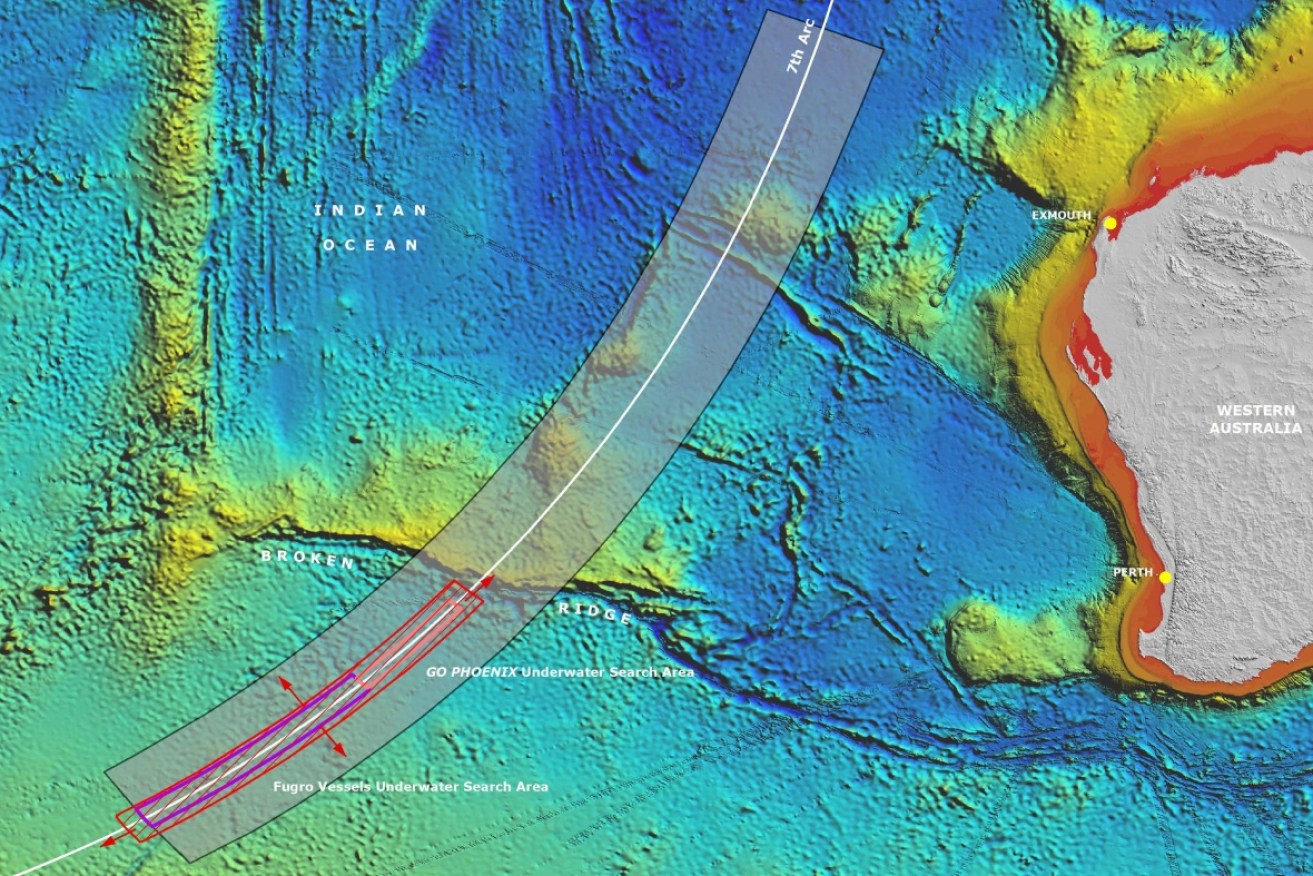MH370 search ‘a waste of money’


The widened search area for the missing MH370 passenger plane. Source: ATSB
The search for missing Malaysian Airlines flight MH370 has been hampered by the use of inappropriate sonar, sea search experts have claimed.
The sonar equipment searchers are methodically dragging across a 120,000 square kilometre patch of rolling ocean is too fine for the conditions and could miss the plane’s debris field, experts told Reuters.
A French expert who led the operation to find the Air France flight AF447 after it ditched into the Atlantic Ocean in 2009 said the company hired to map the ocean with sonar was not worth the money.
“I’m not an Australian taxpayer, but if I was, I would be very mad to see money being spent like that,” Paul-Henry Nargeolet, a former French naval officer who searched for AF447, told Reuters.
• Shipwreck discovered during MH370 search
• MH370 search zone could be expanded
• New rules: two in a cockpit

The widened search area for the missing MH370 passenger plane. Source: ATSB
“Fugro is a big company but they don’t have any experience in this kind of search and it’s really a very specialized job,” he said.
The company has been using the wrong kind of sonar equipment, said another expert.
“It makes no sense to be using fine scale tools to cover a massive area; it is like mowing an entire wheat field with a household lawnmower,” Williamson & Associates vice-president Rob McCallum said.
Mr McCallum’s company lost its bid to conduct the search.
“I have serious concerns that the MH370 search operation may not be able to convincingly demonstrate that 100 percent seafloor coverage is being achieved,” he said.
The search has so far cost an estimated $60 million, shared between Malaysia and Australia, over the year and two months that it has run. A further $50 million has been committed. The search was only meant to run for a year, the Australian Transport Safety Board (ATSB) has said.

One of the Fugro search ships still engaged to map the sea bed. Source: AAP
The Boeing 777-ER plane mysteriously disappeared from radar and stopped transmitting its position on March 8, 2014, searchers suspect it flew on for six more hours and finally ditched into the southern Indian Ocean.
The search, which has involved ships dragging submerged sonar bouys along narrow paths of a 60,000 square kilometre search area, has been doubled to 120,000 square kilometres. So far 48,000 square kilometres has been covered, the ATSB reported.
“This is a big job.”








